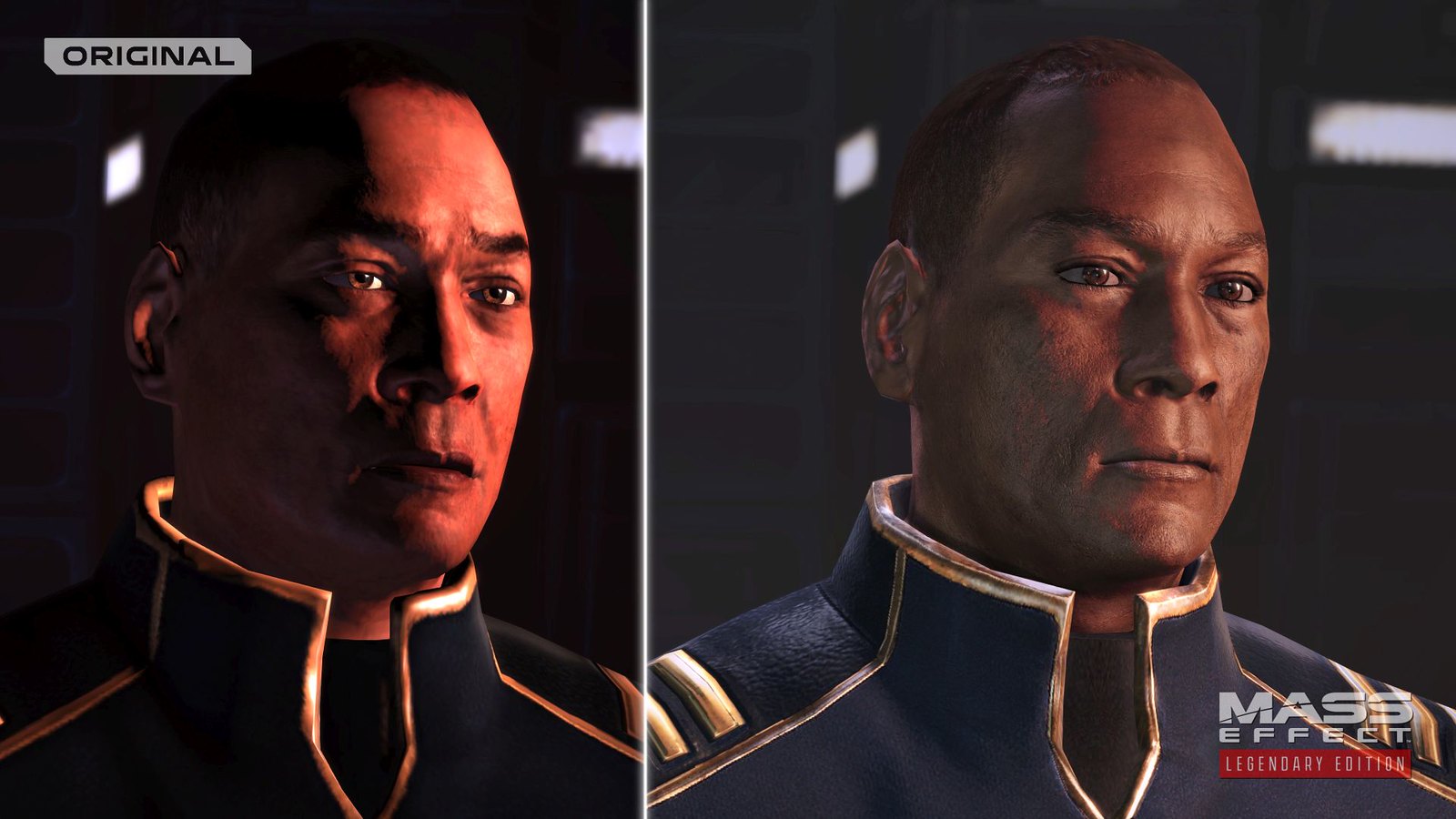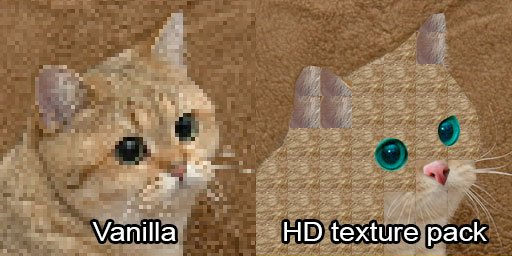cormack12
Gold Member
From PSBlog too
Phase 1: Building the Foundation
We started Phase 1 by identifying and cataloguing every asset in the trilogy. How many particle effects, 3D models, textures, levels, GUI (Graphical User Interface) elements, sounds, cinematic movies, etc. actually exist across the trilogy, and on average what are their quality levels? Do the source assets (content creation files) still exist? What percentage of those assets should we improve, and on average, how long will each asset type take to improve? Knowing the sheer numbers of assets and their quality levels shaped our strategy for improving each "type" of asset.First, we increased the engine limits on texture sizes, so any textures that were authored larger than could be used on-disk could now use their full resolutions. We then wrote some batch processes that worked along with an AI up-res program to increase the original uncompressed textures to four times their originally authored sizes. Our batch tools made special considerations to maintain the validity of special texture types, like normal maps or masks to ensure colors didn't contaminate each other.

Phase 2: Modernization Efforts
Some assets—most frequently, characters and generic props—were shared between the games, and many had already been improved in a later title or DLC. For those cases, we generally used the improved asset as our base, improved it further, and then ported it across the whole trilogy. This resulted in more consistent and higher-quality assets, but we had to carefully ensure this process didn't flatten the sense of the passage of time and the overall narrative.
Our character artists worked their way through a prioritized list of hundreds of armors, creatures, characters, guns, and vehicles across the whole trilogy. They would frequently take an asset back to its original high-poly sculpt, focus on achieving a consistent texture resolution, add supporting 3D geometry where needed, and fix errors with baked normal maps or texture mapping. Central to our efforts was increasing the sense of realism in the surface response.
While the games don't use PBR (physically based rendering), we could still work with the textures and materials to ensure plastics, fabrics, and metals reacted to light in a more convincing way. Similarly, we dedicated a significant amount of time to improving skin, hair, and eye shaders across the trilogy. Our tech animators then re-skinned (i.e. set each vertex to move properly when attached to an animated skeleton) each improved mesh and imported it back into each game as needed.
The VFX (particle effect) artists were busy extending the length and smoothness of animations for things like smoke and fire, while also adding more secondary emitters to beef up the overall look of each effect. A fire might now have secondary smoke trails and sparks, explosions fling chunks of rubble, and the muzzle flash on your weapons now subtly illuminates Shepard and their surroundings. New environmental particle effects were added throughout the trilogy to better enhance the mood and a space's sense of life. As many of you have already noticed, we also sharpened up and added secondary elements to the trilogy's iconic horizontal lens flares.

During this phase, environment artists completed passes through each level of the trilogy, performing targeted fixes on any asset or location that visually detracted from the overall experience. This included adding props to exceptionally barren areas, remaking low-resolution or stretched textures, smoothing out jagged 3D assets, and modernizing shaders on surfaces with poor lighting response. At this point, we also began resolving hundreds of bugs, from minor things like floating assets, to major game-breaking collision issues—including a very frequent global issue where players could easily teleport on top of assets and become completely stuck.

Phase 3: Rebuilding Worlds
In Phase 3, we began looking at opportunities to make broader improvements to levels and features, rather than just updating the individual assets. By this point, we'd manually improved thousands of assets, but there was still a significant quality jump between the first two games.To guide this effort, we compared the levels we shipped to their original concept art, design intentions, and artistic inspiration. We also took dozens of screenshots of our currently up-res'd levels and sent them over to Derek Watts (the Mass Effect trilogy's art director), who used them as a base for new concept art paint-overs. These "broad brush" adjustments were much faster to work on in professional photo editing software.









